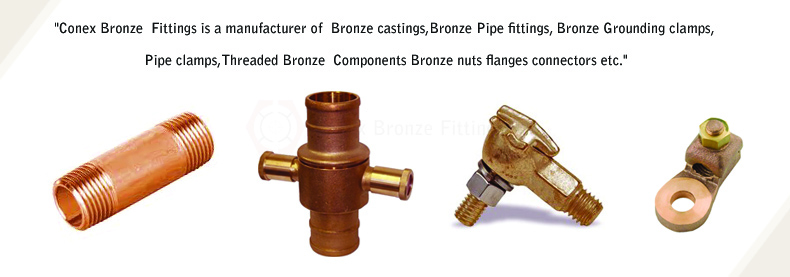
Copper Alloy No. C94700 HT
Heat Treated Nickel Tin Bronze CDA 947 , Nicomet® Bronze
Chemical Composition % by weight
Element Nominal Minimum Maximum Aluminum - - .005 Antimony - - .15 Copper 88 85 90 Iron - - .25 Lead - - .01 Manganese - - .20 Nickel 5 4.5 6 Phosphorus - - .05 Silicon - - .005 Sulfur - - .05 Tin 5 4.5 6 Zinc 2 1 2.5
Applications
Valve stems and bodies, bearings, wear guides, shift forks, feeding mechanisms, circuit breaker parts, gears, piston cylinders, nozzles.
M07/TF00 As Continuous Cast, Solution and Precipitation Heat Treated
Hardness* Brinell Hardness (3000 kg load) 180 Tensile Strength** KSI 75 min Yield Strength ** KSI (0.5% Ext. under load) 50 min Elongation** % in 2 inch 5 min **Test values are nominal approximations and depend on specimen size and orientation.
Physical Properties
Thermal Conductivity BTU/ (sq ft-ft-hr-F) 31.2 Specific Heat BTU/lb/ºF @ 68F .09 Thermal Expansion Per °F from 68 F to 392 F .000011 Density lb/cu in @ 68 F .320 Electrical Conductivity* (Annealed) % IACS @ 68 F 15 Modulus of Elasticity KSI 15,000 *Volume basis
Fabrication Practices
Stress relieving temperature 500 F or 260 C Time at temperature 1 hour per inch of section thickness Responds to heat treatment Yes Solution heat treating temperature 1425-1475 F or 775-800 C Time at temperature 2 hours per inch of section thickness Quenching medium Water Precipitation hardening temperature 580-620 F or 305-325 C Time at temperature 5 hours Quenching medium Air Machinability rating (Free Cutting Brass=100) 30 Suitability for being joined by: Soldering/Excellent Brazing/Excellent* Oxyacetylene Welding/Fair Carbon Arc Welding/Not Recommended Gas Shielded Arc Welding/Good Coated Metal Arc Welding/Good *Since brazing is performed at temperatures within the hot-short range, strain must be avoided during the brazing and cooling of this alloy.
The values listed above represent reasonable approximations suitable for general engineering use. Due to commercial variations in composition and to manufacturing limitations, they should not be used for specification purposes. See applicable A.S.T.M. specification references.
